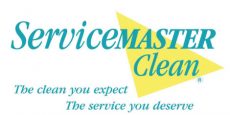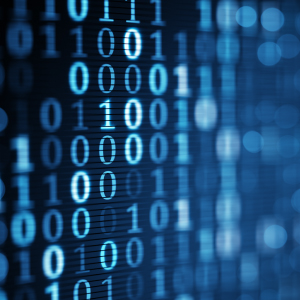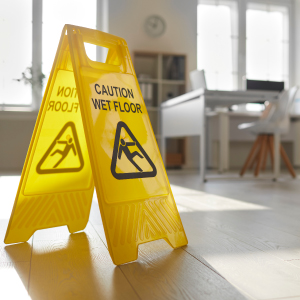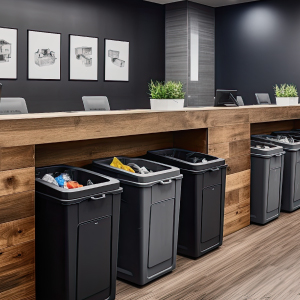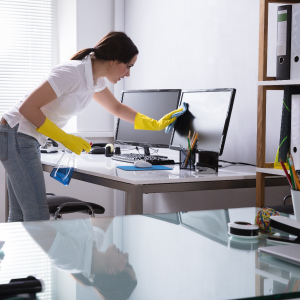Another consequence of the pandemic has been a raised awareness and expectation for businesses to be regularly and properly cleaned and maintained with an eye on infection control in a way that perhaps was not the case previously.
New disinfecting products, technologies and techniques, with an inevitable array of claims, have appeared in the marketplace. However, as can often the case with new products, whether the claims are valid, and the choices worth it can be less straightforward to establish.
So which technologies for commercial cleaning and disinfections really do work?
Firstly, disinfectant products such as Hygienilac, which have been approved by the FDA, HSE EPA, is BS6250 certified for severe usage, and complies with BS EN 71.3, and which are proven to be effective against many superbugs such as MRSA, salmonella and E.coli. are a valuable tool.
Easy-to-use delivery and application systems, means that products like these be used easily to disinfect high-traffic germ traps such as phones, lift buttons and door handles throughout the day, so long as they are left for the requisite ‘wet’ time necessary for them to be effective.
Though they are not particularly new technology, steam cleaners can be used to kill viruses on porous surfaces or in difficult or even inaccessible areas. Though steam cleaners can damage certain surfaces such as marble or wood, they do kill viruses and germs. The question lies in how long and at what temperature a surface must be treated for the steam clean to have the desired effect on different types of surfaces.
Ultraviolet light technology using UV-C light is chemical-free, residue-free, and waste-free, and can be an effective tool for inactivating germs especially when combined with other approaches. New technologies such as ultraviolet lightbulbs avoid the need for retrofits to incorporate the technology and might be useful in specific medical settings. However, current UV-C technology is not safe for high-traffic areas or inhabited spaces and is only safe to use in empty rooms.
Innovative use of robotics means that new tech is being deployed to sanitise public areas such as hospitals and hotels in various ways and is a growing area, however necessary improvements, manageable costs and the evaluation of genuine value remains pending for the time being.
Electrostatic sprayers apply an electric charge to a combination of disinfectant solutions which are then sprayed onto surfaces. This means that the chemicals are applied quickly in a controlled and efficient way, cover difficult to reach areas and avoid the pooling caused by standard trigger sprays. However, use of electrostatic sprayers does require specific training.
Fumigation, or the use of foggers and misters means that the disinfectant is suspended in the air long enough to kill airborne bacteria and viruses. Furniture can remain in situ (though it’s recommended that paper documents are removed), difficult to reach areas are dealt with, and surfaces including floors, ceilings, furniture and walls are covered.
Though many new cleaning and disinfecting technologies are making significant progress in product development, early adopters must weigh up the complexity and both short and long-term investment required versus the proven benefits.
Working with a professional commercial cleaning company can relieve the stress of cleaning and disinfecting in a post-Covid world, making the investment and responsibility of the decision easier to manage.
